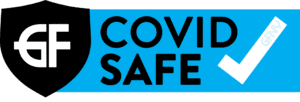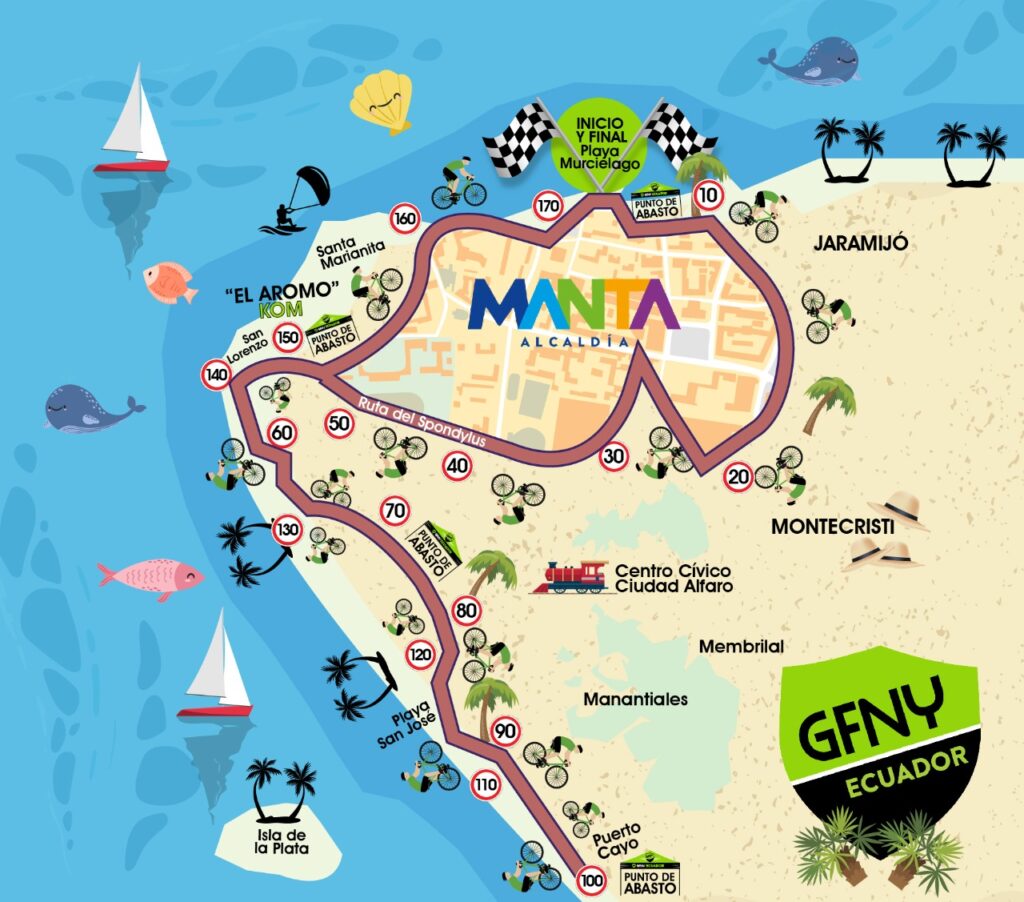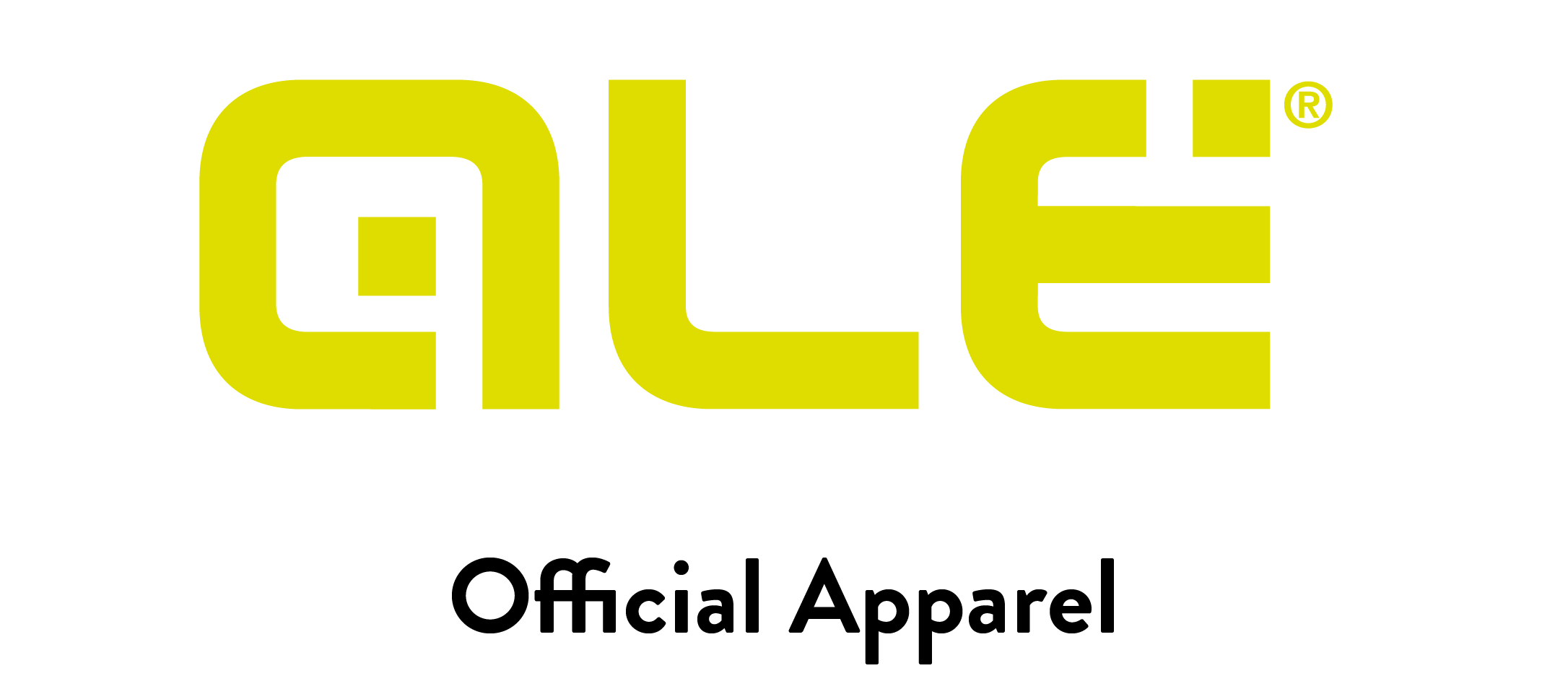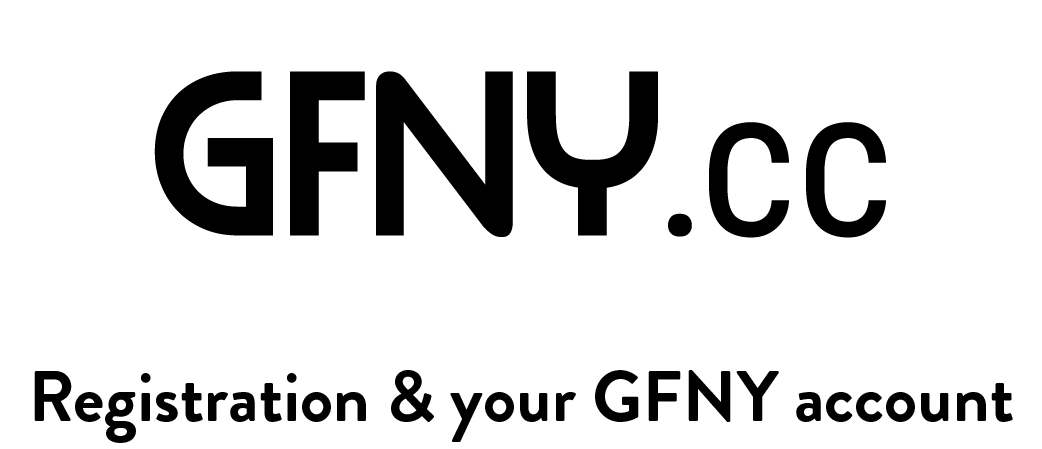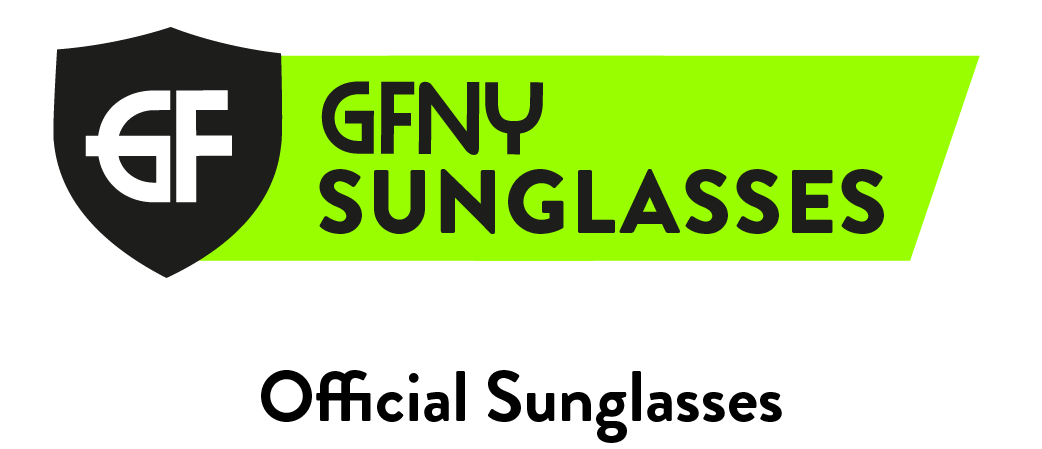GFNY Florida Marked the Return to Racing, Meeting the Mayor, and Getting a Peak Under the Big Top of GFNY
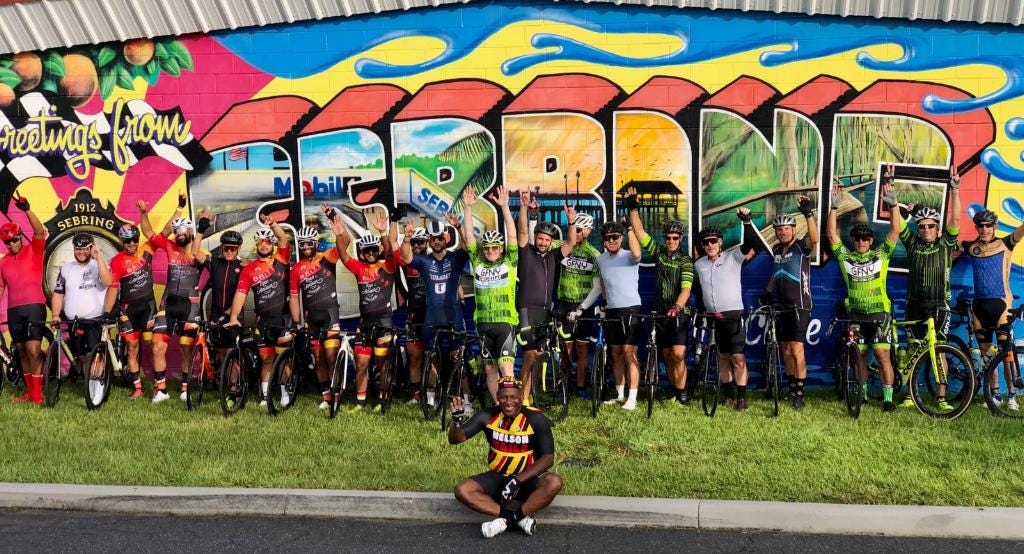
And a happy Halloween to all! We are now a week out from the #GFNYRoadTrip. Not as many scenic Civil War trivia stops on the way home, we stuck to the business of getting home after a go-go-go run from NYC to Savannah, to Cape Coral, to Sebring, to RACING, and back home.
This was an epic chance. An epic chance to return to racing, before the end of what has been, to say the least, a complicated year. With GFNY Cozumel and GFNY Ecuador still on the calendar, but me not sure if I would be able to make either, I had to take my shot where I could get it. Leading up, training, #ridingintoform, I was not nearly as prepared as I wanted to be, but I am not really sure that I cared as we lined up at the start. Talking to the racers in the front corral, it was a surety that this would be one of the fastest races that I ever participated in. The teams, the groups, they came to Florida to experience the sun and warmth of a Southern U.S. October, as well as the flat and fast course that would allow them to go full gas from the gun.
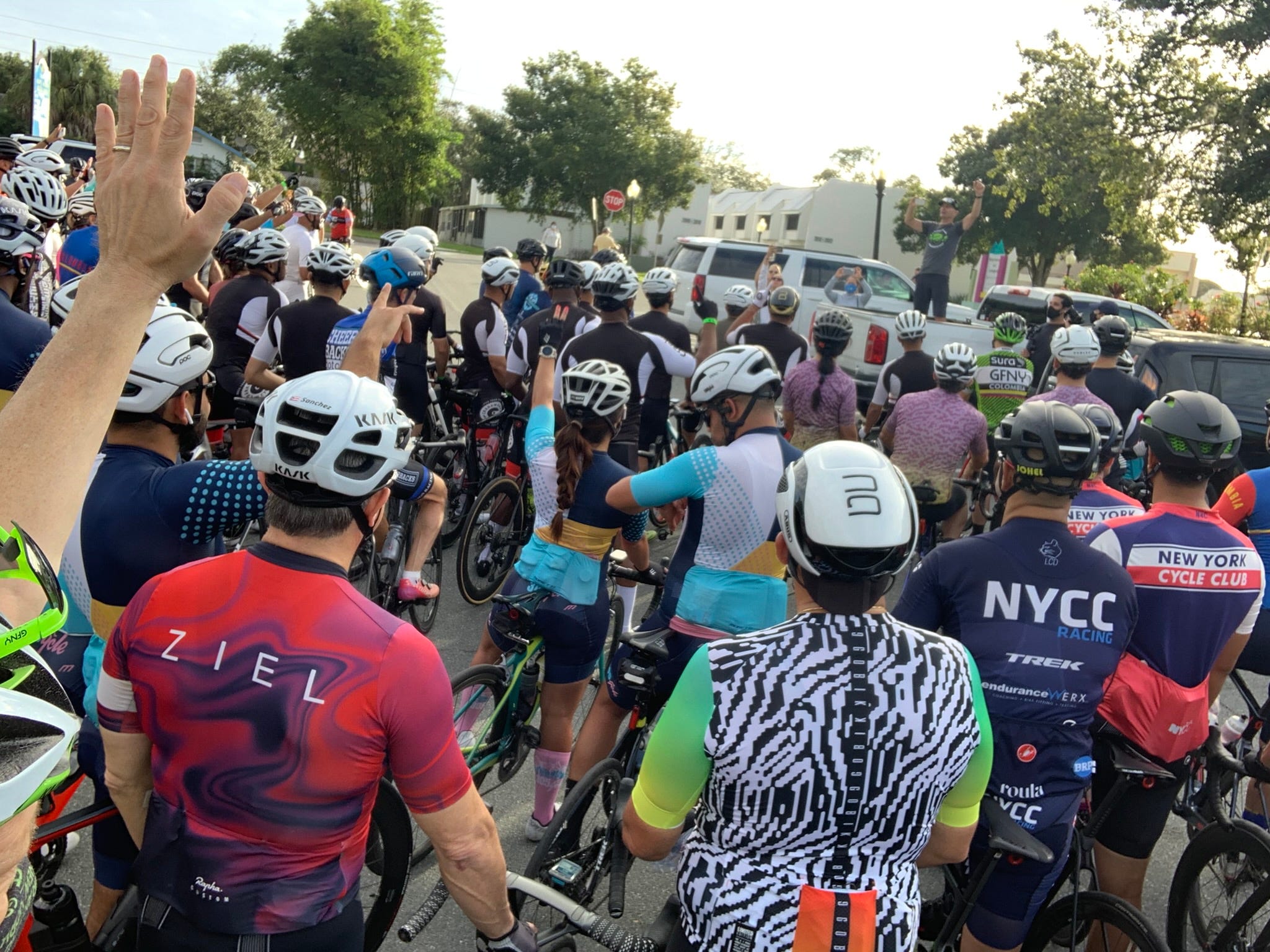
But if I didn’t get that feeling from the corral, if I wasn’t fortunate enough to take an ambassador’s place in the front corral, I would have known from the speed laid down in the group rides. No such thing as a social pace, everyone had eaten their Wheaties on both Friday and Saturday, and went all out as soon as we were able to get them correctly on course. Mea culpa for the Friday scene of me and my old man glasses feebly finding our way out of the Civic Center and on to the course. Saturday would be better (it was), but with a sweeper’s view of the fast groups on the out-and-back section of the course, my Gruppo Sportivo teammates, were ably working with the incomparable Nelson Vails to make sure that over the two days we showed the riders the full-monty of the course. There can be no substitute for a thorough recon, understanding the twists and turns, and while I saw it as an opportunity to learn the course, learn the wind, the fitter of us were using that time to plan their attacks, and how they would traverse from group-to-group to either find their way onto the podium, or find their way into an age group qualification at GFNY NYC Championship on the #thirdSundayinMay — 2021.
Cabin Fever
With the first pedal stroke in each ride, you could feel the surging temperature of cabin fever being shaken off. It was time to hit the road and hit it with a vengeance for months on the trainer, months of rides that were perhaps training without a purpose. Suddenly there was a goal in sight and to the 700+ riders there in Sebring this would not be a wasted opportunity. It was time. The cabin fever of riding to be subjugated by the medicinal effects of the adrenaline that only comes with racing. Even for those of us in the Lantern Rouge on Sunday, the purposeful drive to cross the line could not be held back.
Peaking Under the Big Top
Off the road, and back at the GFNY Florida expo, it was time to help prepare the race, prepare the racers, and learn about the logistics that go into a GFNY. If you are a GFNY rider, and haven’t yet volunteered at a GFNY Expo or race, you owe it to yourself to do so, as it provides a glimpse behind the scenes, and the opportunity to appreciate all that goes into making sure that all a racer has to do, is show up in their GFNY jersey and number and give it their all in the race.
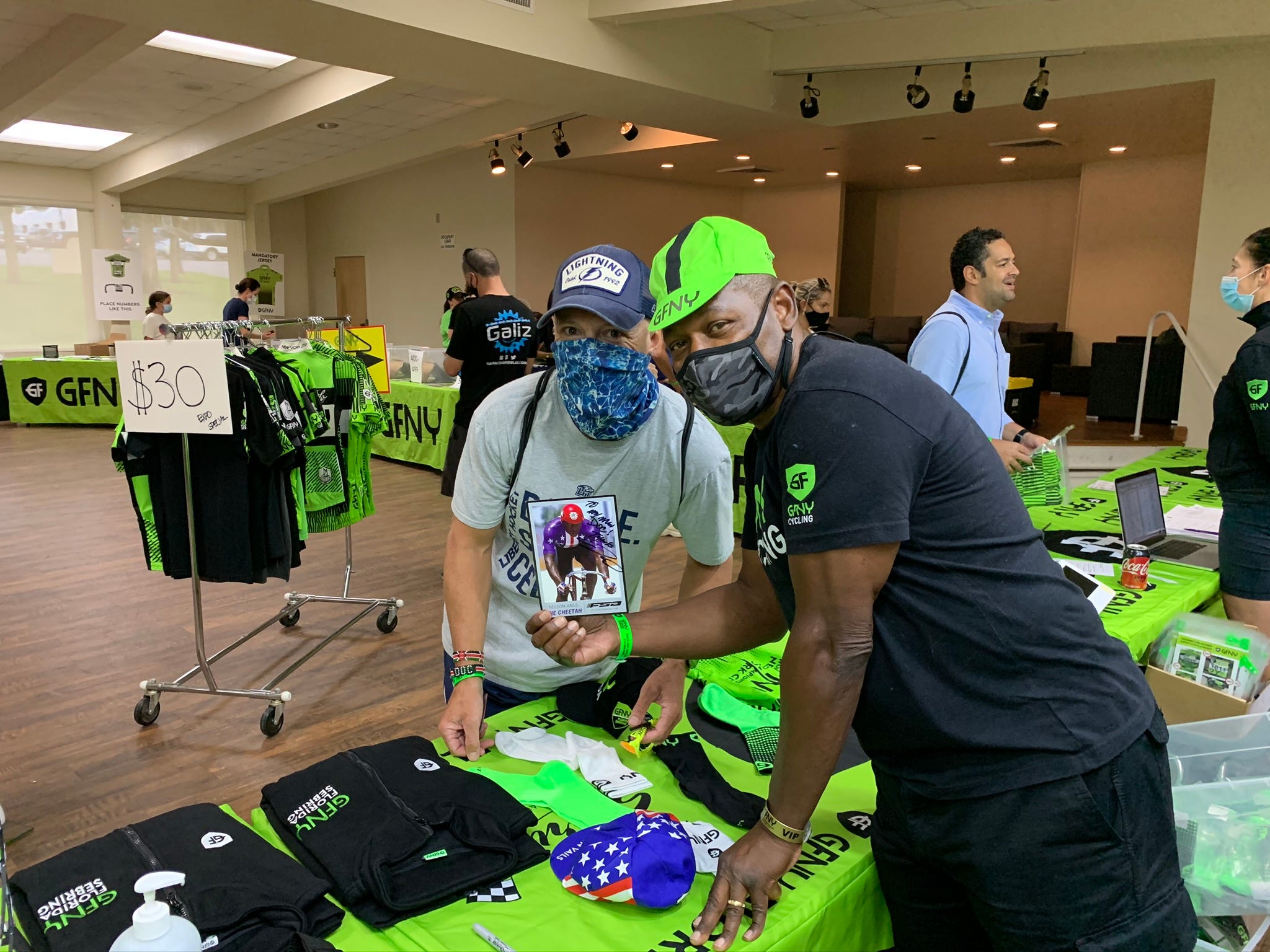
I had volunteered before, but over Saturday and Sunday was able to see how hard this crew of pros works to build a small city within a city, and create the Be A Pro For A Day atmosphere within the GFNY Community. A retail operation, a registration operation, food, beverage, sponsors, podium, all of this whisked in from the GFNY Headquarters in the NYC area, and whisked out at the conclusion of the race festivities. To someone who showed up at the Civic Center in Sebring on Monday morning, you might not have known there was a huge bike race the day before. And that is no accident. It’s the tireless work of those who want nothing more than to put on the best race experience we can have.
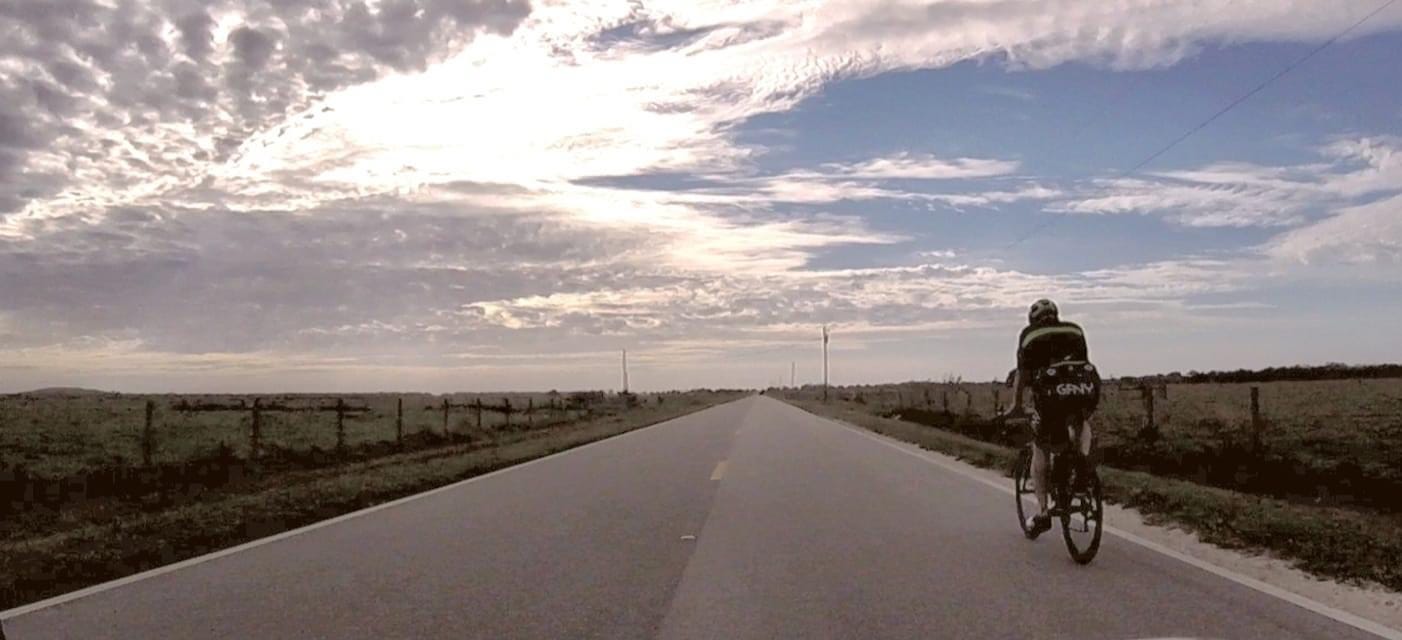
Oh, and BTW — There Was a Race!
And so my mental note for my cycling future, is to stop wondering how to ride in a large group, and start doing it. For whatever reason, my acceleration from a stop doesn’t match that of my colleagues and peers on the road, and so I become a little too comfortable returning to my time trialing roots. And sometimes that’s ok. It’s a different type of effort to be sure. To be alone in the headwind making your own effort, may seem like a tranquil way to race but it won’t put you in a finish toward the front of the pack. I much admired the skill of some of the groups that I was lucky enough to jump on to and maintain with in the early going. While my skills and confidence kept me from staying on, as I hit the out and back, my shoulders descended to the drops, and I was happy to take the TT as far and as fast as I could take it. You may not believe this but it felt amazing. In meeting the front group coming the other way, I was encouraged to realize that in spite of my lone-wolf approach I was not all that far behind. Surely I would be in the grupetto rankings of the overall, but only the effort mattered to me at this point. For a while I shared some work with a small group that continued to play leap frog with me, and while there were four of them, there was only one of me. So I kept it going onto the gravel, and the turnaround. Up ahead friends were beating the four hour mark and seeing the fruits of their training labor paying off big-time.
A quick shower and a cup of coffee later, it was back to the expo to help with the breakdown. With so much to do, it was amazing to see the order of operations, the process, all working in harmony to end the race as successfully as it began. as a firm believer in the process being as important as the outcome, it was like taking a master class in following a process to success.
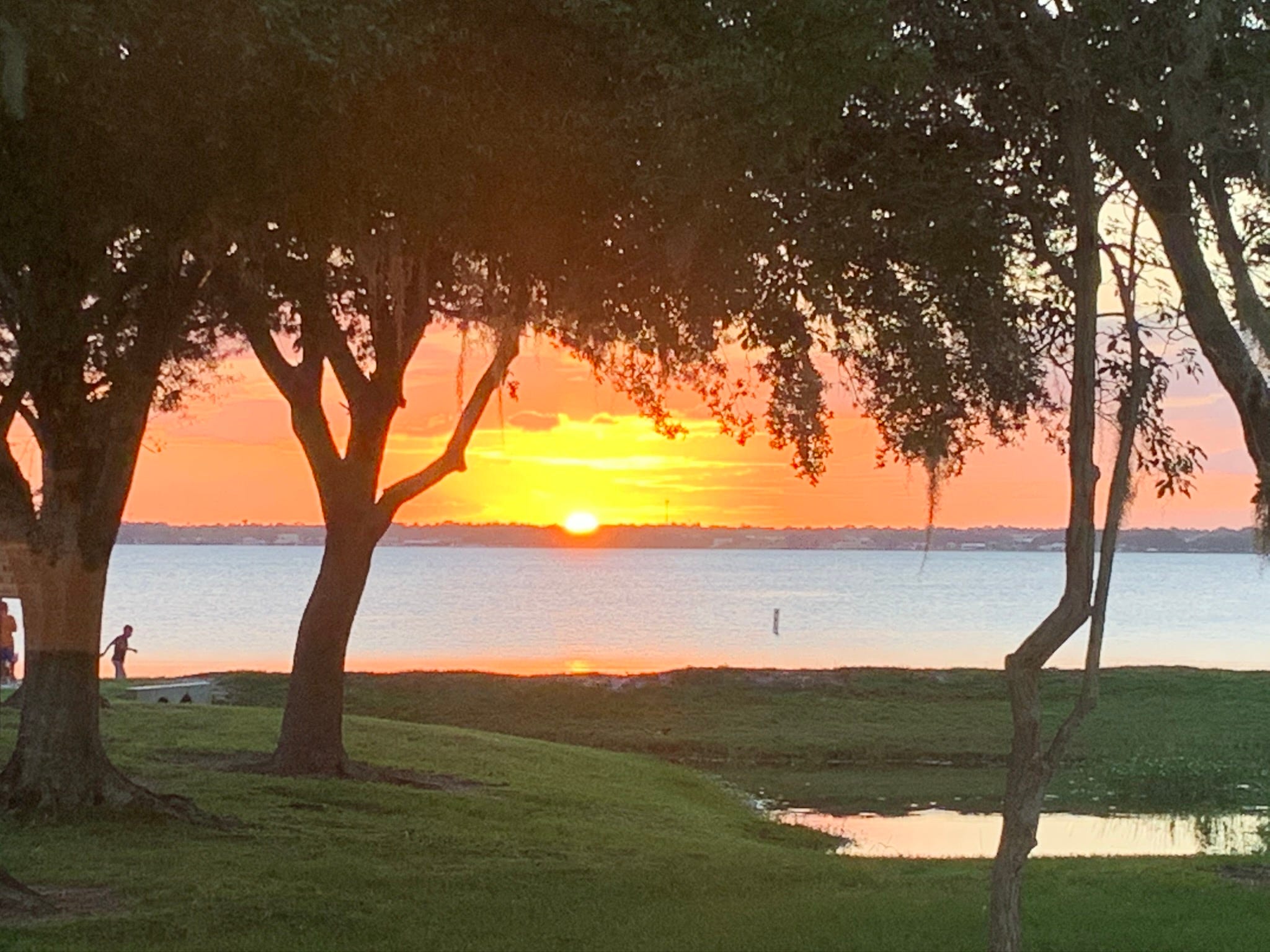
It may seem hoaky to end with a sunset shot, but that’s exactly how the day ended, and how the #GFNYRoadTrip ended. A fitting end to a special week of reconnecting with friends and the passion for cycling and endurance sport we all share.

